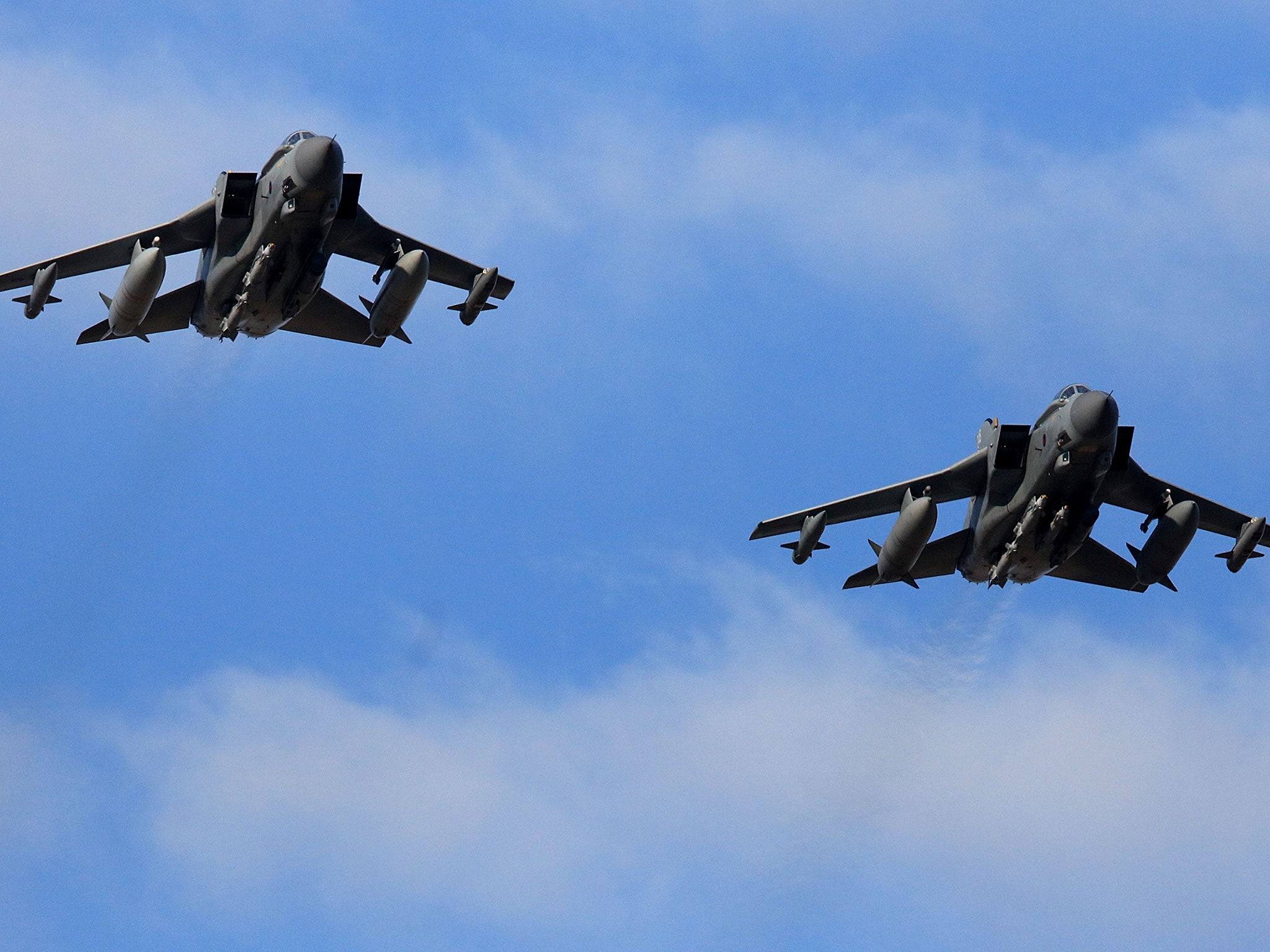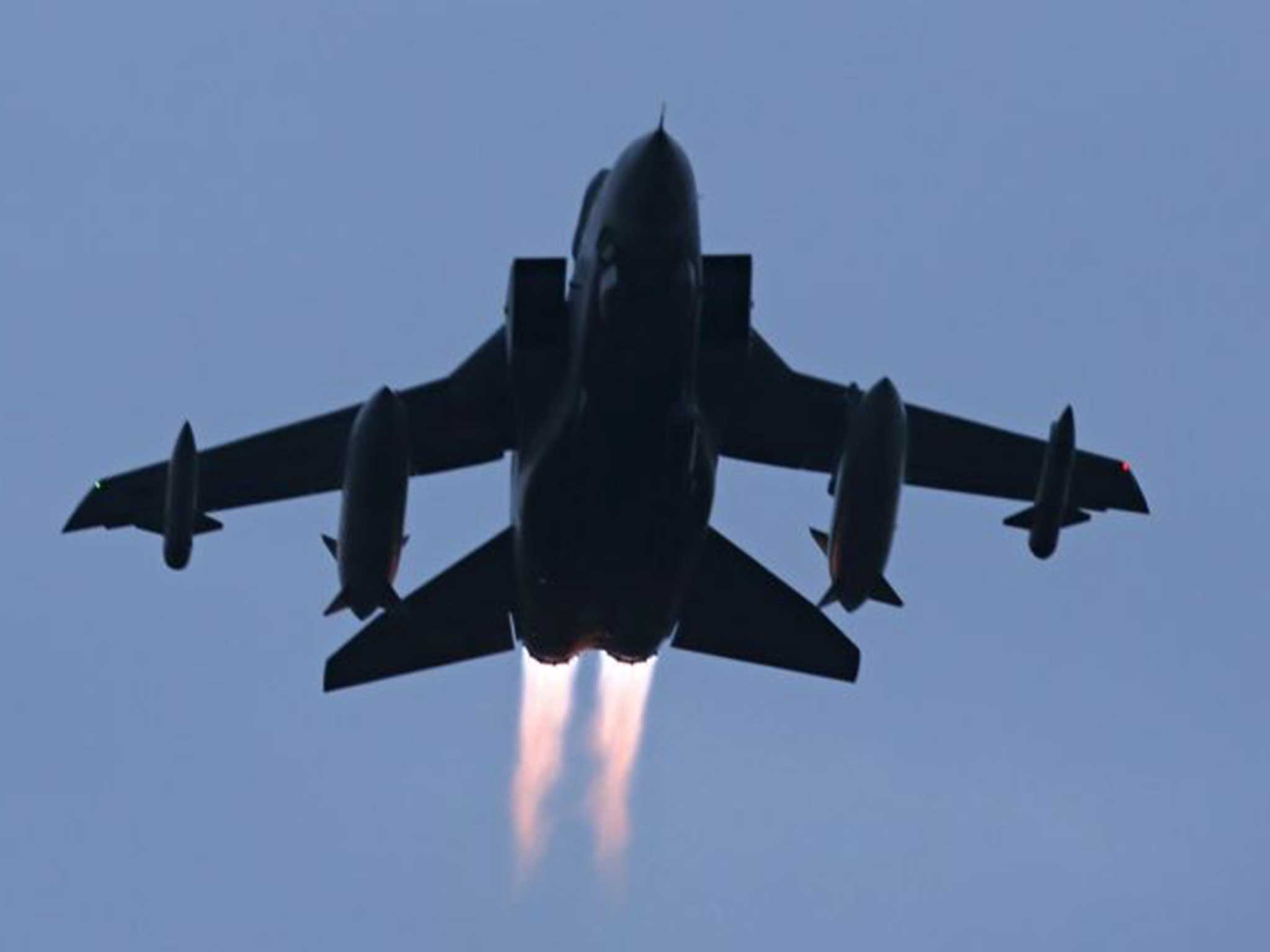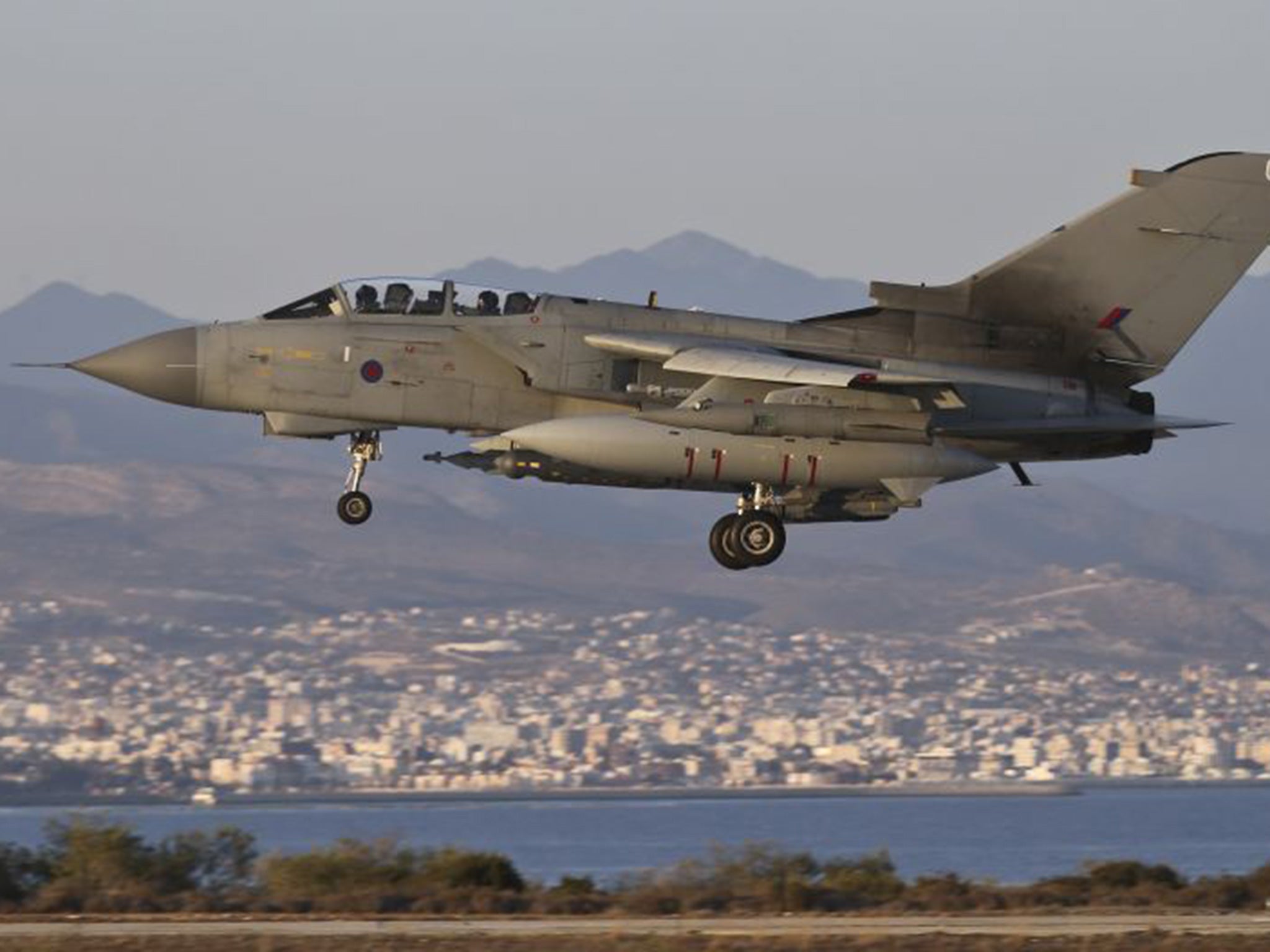Syria air strikes: Will the UK’s involvement actually make any difference?
Britain has already been engaged in a long campaign against Isis, one that has been going on for a year and three months

Your support helps us to tell the story
From reproductive rights to climate change to Big Tech, The Independent is on the ground when the story is developing. Whether it's investigating the financials of Elon Musk's pro-Trump PAC or producing our latest documentary, 'The A Word', which shines a light on the American women fighting for reproductive rights, we know how important it is to parse out the facts from the messaging.
At such a critical moment in US history, we need reporters on the ground. Your donation allows us to keep sending journalists to speak to both sides of the story.
The Independent is trusted by Americans across the entire political spectrum. And unlike many other quality news outlets, we choose not to lock Americans out of our reporting and analysis with paywalls. We believe quality journalism should be available to everyone, paid for by those who can afford it.
Your support makes all the difference.Fifty-four minutes after the House of Commons voted for military action in Syria, two pairs of Tornado GR4s took off from RAF Akrotiri in Cyprus to strike an Isis controlled oilfield in eastern Syria in what no one is pretending is going to be anything but a long and difficult campaign.
How did we get here?
Britain has already been engaged in a long campaign against Isis, one that has been going on for a year and three months, carrying out air strikes in Iraq, while most other members of the US led coalition has been bombing Syria as well as Iraq.
The UK contribution to coalition air strikes in Iraq stands at around eight per cent, it provides 30 per cent of intelligence, surveillance and reconnaissance (ISR) from its MQ-9 Reaper drones which has been flying over Syria and Iraq.
The Ministry of Defence in London stresses that the UK has helped to reclaim 30 per cent of territories seized by Isis in Iraq.
However that has only been possible because there are large numbers of ground forces present in Iraq, albeit of varying quality.
These include Iraqi army, Kurdish forces, Iraqi Shia militias, Iranian ‘volunteers’, around 3,500 US troops, an Australian contingent of 600, including excellent special forces, about to rise to a thousand, as well as a modest British contribution of 275.
Will UK involvement make any difference?

There are reasons to question just how much difference British air strikes will make and on the broader strategy in Syria.
While the US has deployed over 150 fixed-wing aircraft against Isis and Russia has committed 35 jets, the UK now has 16 aircraft deployed in the region.
The UK has sent two Tornado GR4s to join the eight already in use in Iraq at their base at RAF Akrotiri. Six Typhoons have also been deployed from RAF Lossiemouth, Scotland.
The outside powers supporting the armed groups need to work together. Otherwise both diplomatic and military efforts will fail. A previous US effort to form a Syrian opposition force was a costly failure, so a new approach is being taken.
But the numbers to take on Isis are there on the ground. It is now up to the West and its allies to turn this into an effective force.
But there are signs in Syria that air strikes are beginning to hurt Isis. These strikes have been overwhelmingly by the Americans, but latterly the Russians. Britain joining the attacks will add to that pressure, but not in a particularly significant way.
So what is the UK’s strategy?

The first strike saw four RAF Tornado GR4s, supported by a Voyager air refuelling tanker and a Reaper drone, using Paveway IV guided bombs to hit six targets at Omar, 35 miles west of the Iraqi border.
The oilfield, which had provided an estimated 10 per cent of Isis oil income, was targeted by American warplanes in October. Defence officials stated that a strategy of “continuing degradation of Daesh assets” was part of operational planning.
What happens next?
The question in Syria is who takes the ground conceded by Isis. It could be the Assad regime aided by the Lebanese Hezbullah and the Iranians. Ahrar al-Sham and Jaish al-Islam, hardline Islamist, but effective in fighting Isis and YPG, the Kurdish militia much favoured by the Americans.
The problem lies in turning some of them into a cohesive force who are not actually fighting each other as they are doing at the moment. To do that would need cooperation between outside powers, from the West, Sunni Arab states like Saudi Arabia, the Turks, the Russians and the Iranians.
And what would constitute a “successful” campaign?
So British air strikes, however small scale it is, will add to the pressure on Isis in Syria, but the success of the overall campaign, everyone agrees, will be political as well as military, and that will take a very long time.
Join our commenting forum
Join thought-provoking conversations, follow other Independent readers and see their replies
Comments